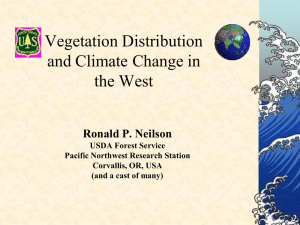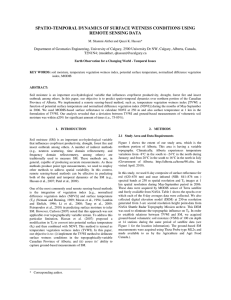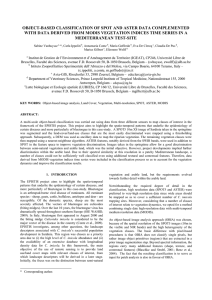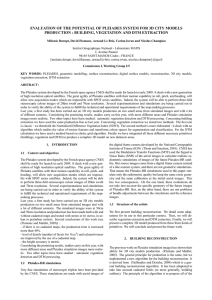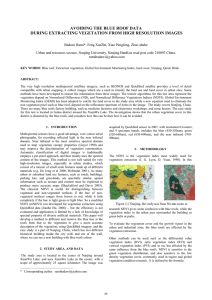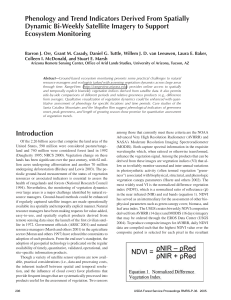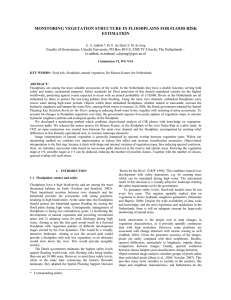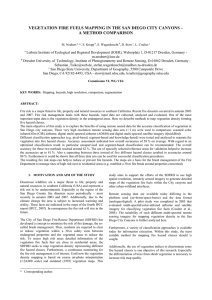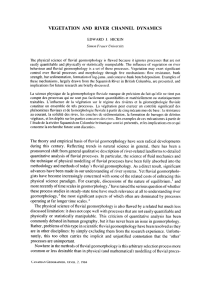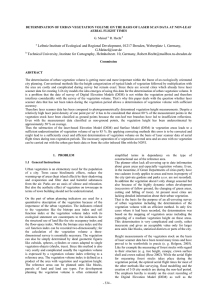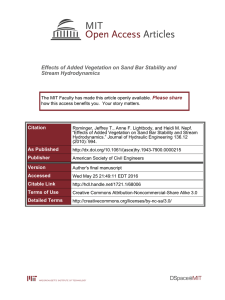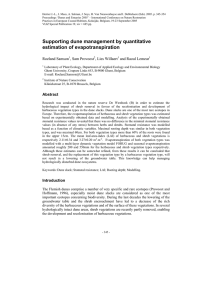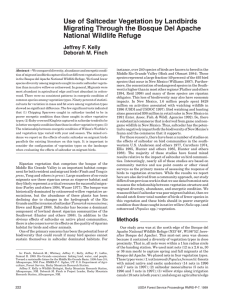IMPLEMENTATION OF BIOPHYSICAL FACTORS INTO THE LAND SURFACE AND ATMOSPHERE INTERACTION MODEL
advertisement
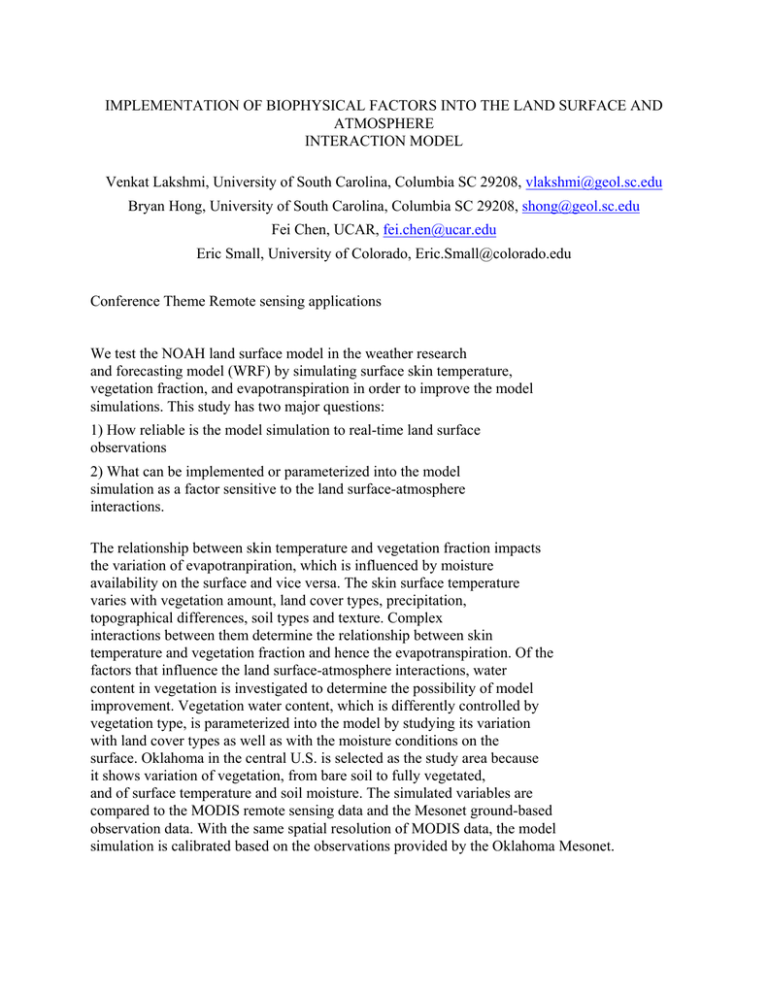
IMPLEMENTATION OF BIOPHYSICAL FACTORS INTO THE LAND SURFACE AND ATMOSPHERE INTERACTION MODEL Venkat Lakshmi, University of South Carolina, Columbia SC 29208, vlakshmi@geol.sc.edu Bryan Hong, University of South Carolina, Columbia SC 29208, shong@geol.sc.edu Fei Chen, UCAR, fei.chen@ucar.edu Eric Small, University of Colorado, Eric.Small@colorado.edu Conference Theme Remote sensing applications We test the NOAH land surface model in the weather research and forecasting model (WRF) by simulating surface skin temperature, vegetation fraction, and evapotranspiration in order to improve the model simulations. This study has two major questions: 1) How reliable is the model simulation to real-time land surface observations 2) What can be implemented or parameterized into the model simulation as a factor sensitive to the land surface-atmosphere interactions. The relationship between skin temperature and vegetation fraction impacts the variation of evapotranpiration, which is influenced by moisture availability on the surface and vice versa. The skin surface temperature varies with vegetation amount, land cover types, precipitation, topographical differences, soil types and texture. Complex interactions between them determine the relationship between skin temperature and vegetation fraction and hence the evapotranspiration. Of the factors that influence the land surface-atmosphere interactions, water content in vegetation is investigated to determine the possibility of model improvement. Vegetation water content, which is differently controlled by vegetation type, is parameterized into the model by studying its variation with land cover types as well as with the moisture conditions on the surface. Oklahoma in the central U.S. is selected as the study area because it shows variation of vegetation, from bare soil to fully vegetated, and of surface temperature and soil moisture. The simulated variables are compared to the MODIS remote sensing data and the Mesonet ground-based observation data. With the same spatial resolution of MODIS data, the model simulation is calibrated based on the observations provided by the Oklahoma Mesonet.









